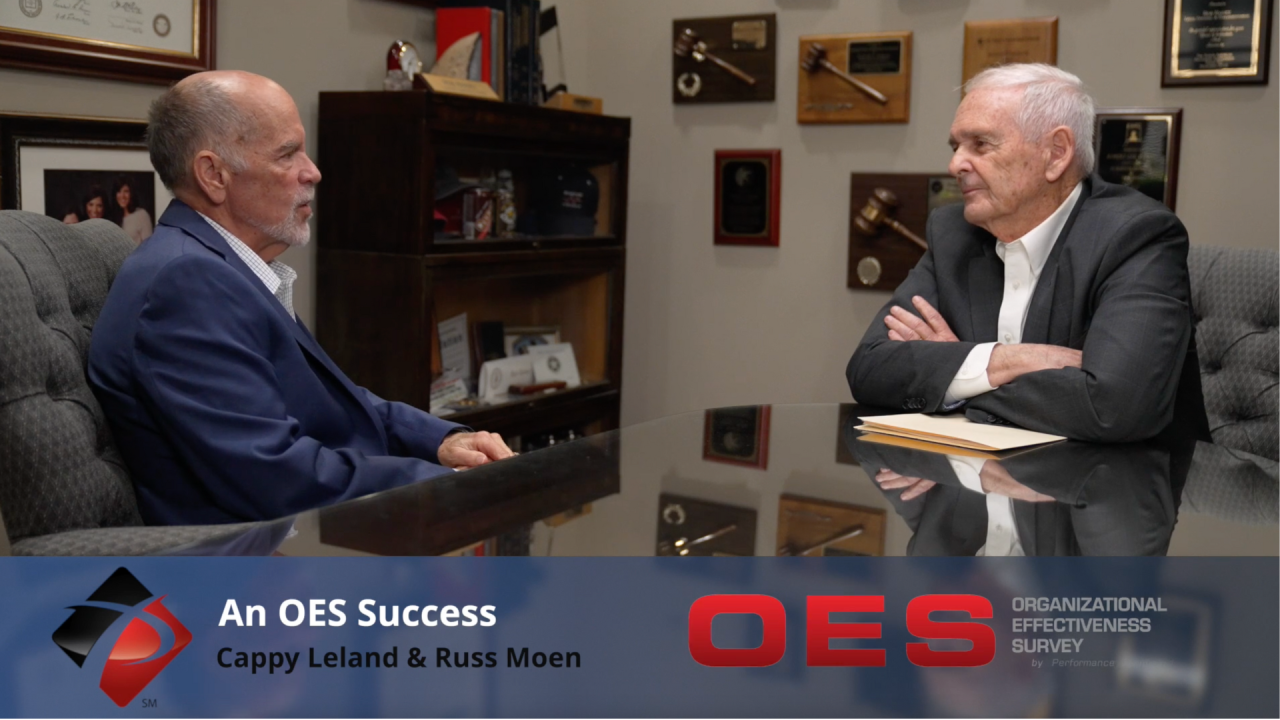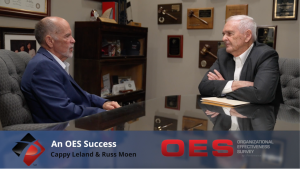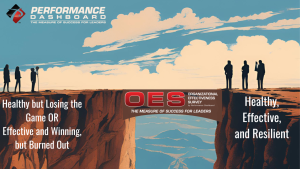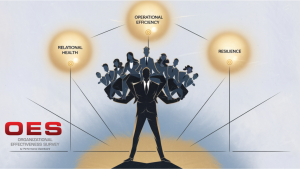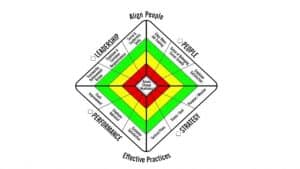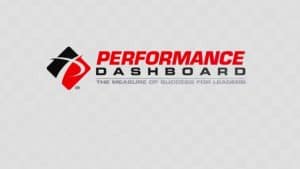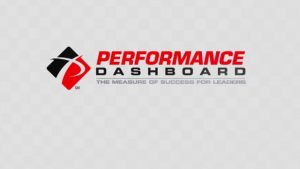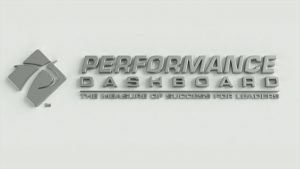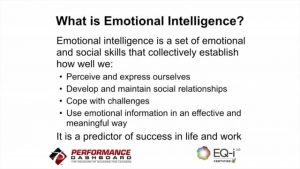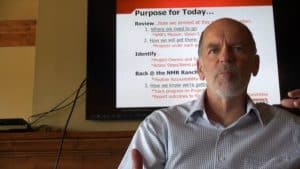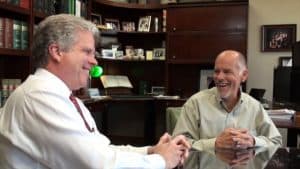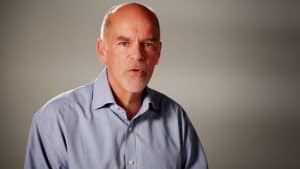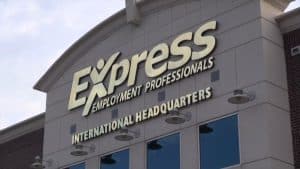Background
Russ Moen has been with Express Employment Professionals for 30 years and has played a key role in their growth and development. Over the past decade, Express has utilized the Organizational Effectiveness Survey℠ (OES) to enhance both business performance and workplace culture.
How OES Transformed Express Employment Professionals
Moen shared that when Express first implemented the OES around 10–12 years ago, the company had approximately $1.5 billion in revenue and set an ambitious goal to reach $3 billion. Achieving this required a deeper focus not just on business metrics, but also on workplace culture and employee engagement.
“We put more effort into being cognizant of people’s feelings and how they perceived the workplace.” – Russ Moen
By leveraging the OES, Express was able to track internal engagement indices, identifying how employees felt about their roles, the organization, and their overall level of engagement. This aligned with Gallup research Moen referenced, which estimated that lack of engagement in the U.S. workforce results in $350 billion in lost productivity annually.
Measuring Progress Like a Physical Exam
Moen compared the OES to a corporate health check-up, emphasizing that without a structured assessment, companies risk missing critical insights.
“You can’t effectively measure soft skills without the OES. It gives you an accurate reading that you just won’t get otherwise.”
Rather than conducting the OES annually, Express opted for a strategic cadence—typically every 18 months or longer—allowing leadership to track trends and make informed decisions. Moen emphasized that conducting the OES only once would be as ineffective as taking a physical exam once every 10 years.
Results and Long-Term Value of the OES
Express successfully met its revenue targets while improving its organization’s culture. Moen credited the OES with providing a dashboard for measuring and tracking the three traits all organizations must master to sustain success: Relational Behaviors (soft skills), Operational Practices (hard skills), and the Immune System (resilience).
“It needs to be something you use consistently, so you can measure progress—or recognize when you’re going in the wrong direction.”
The conversation underscored that business success isn’t just about hitting financial targets—it’s also about fostering a strong workplace culture, engaging employees, and ensuring long-term sustainability.
For business consultants, the Organizational Effectiveness Survey℠ (OES) isn’t just a diagnostic assessment—it’s a game-changer that provides validated and reliable data-driven insights your clients need to retain talent, improve engagement, and drive sustainable growth. As an Accredited OES Partner, you gain access to this proven methodology, empowering you to offer a strategic, measurable approach to organization performance. If you’re ready to elevate your consulting practice and deliver tangible ROI for your clients, now is the time to join our Accredited OES Consultant Partner Network.
Let’s build healthier, effective, and resilient high performing organizations—together.

